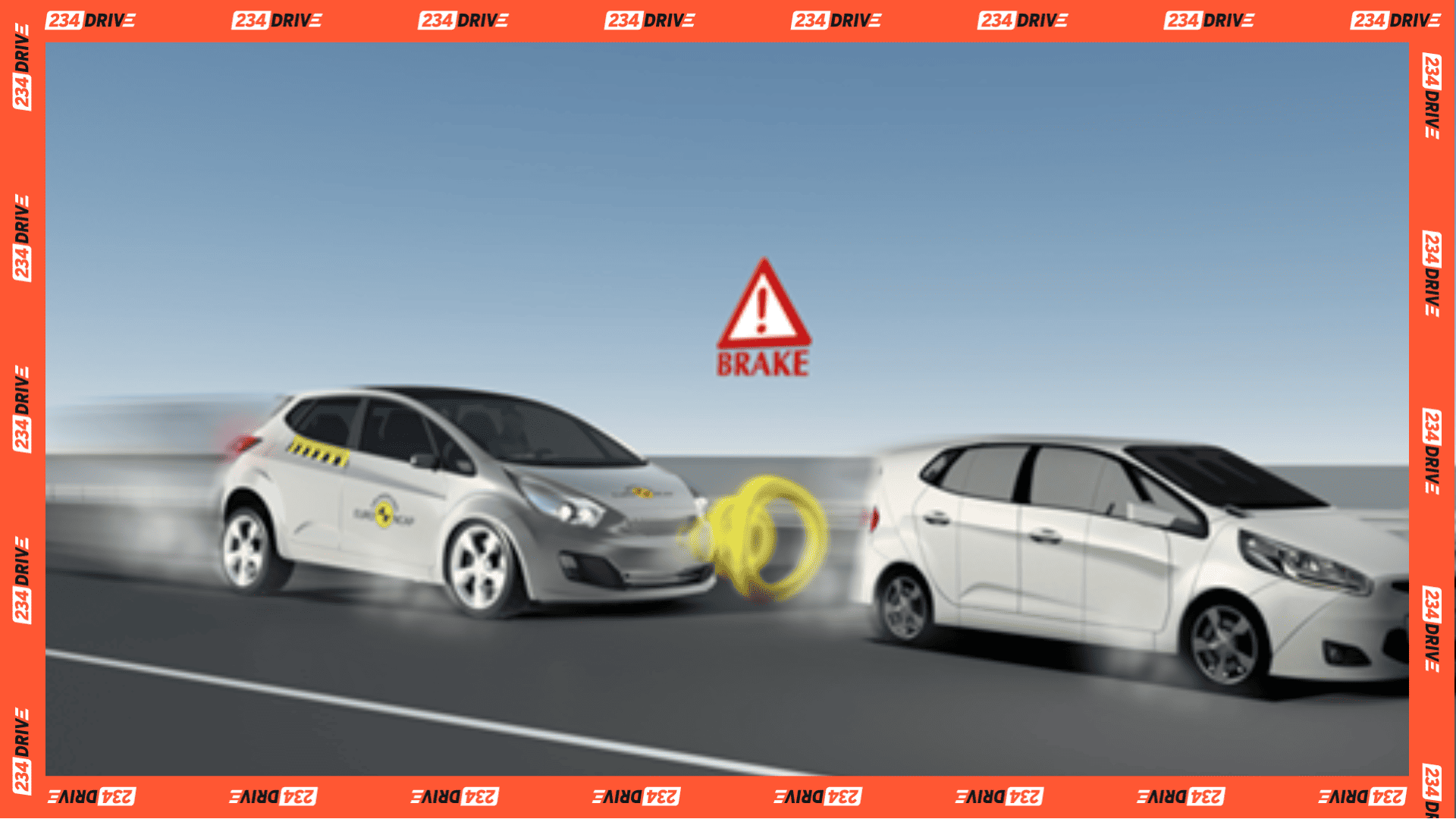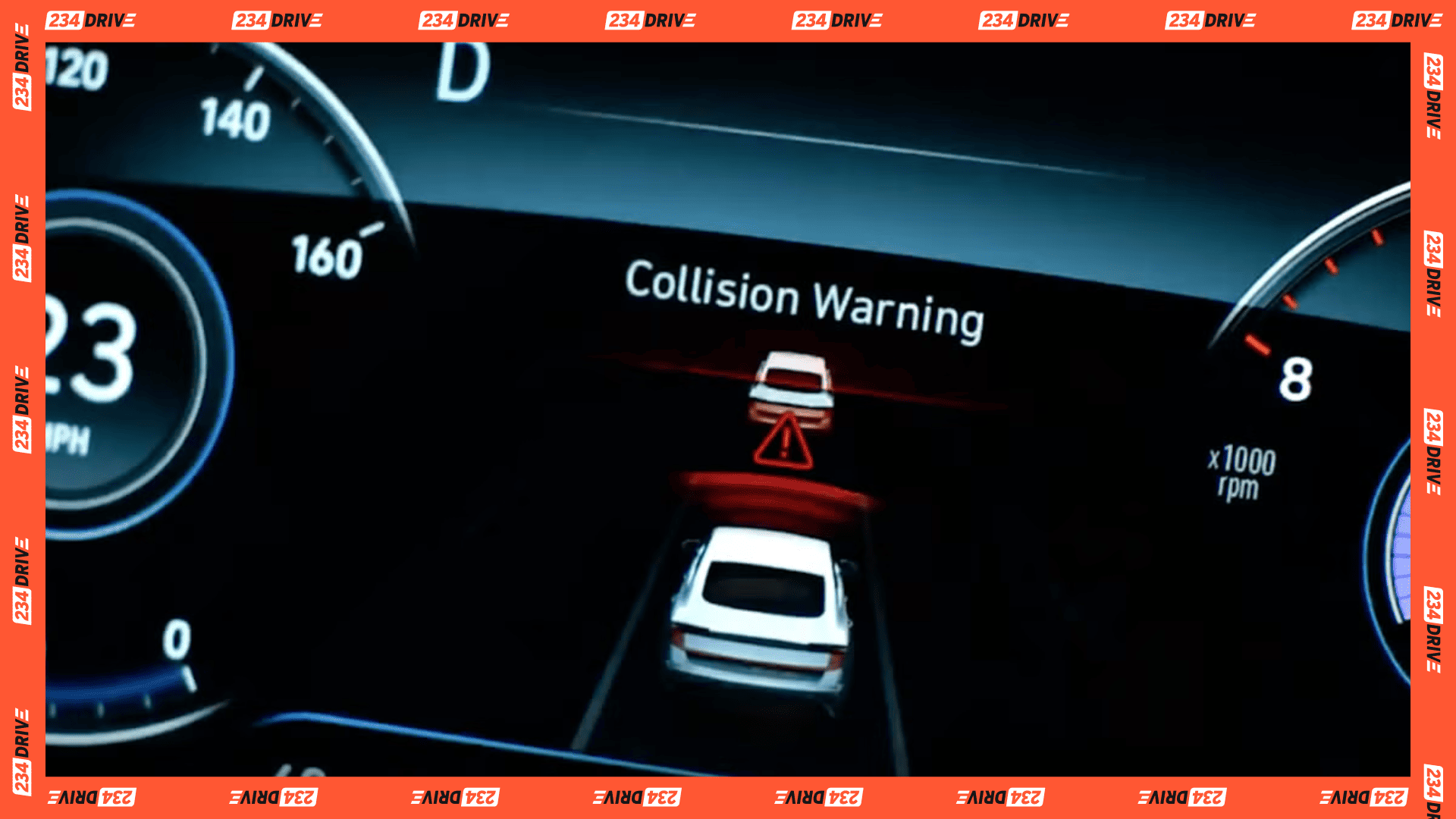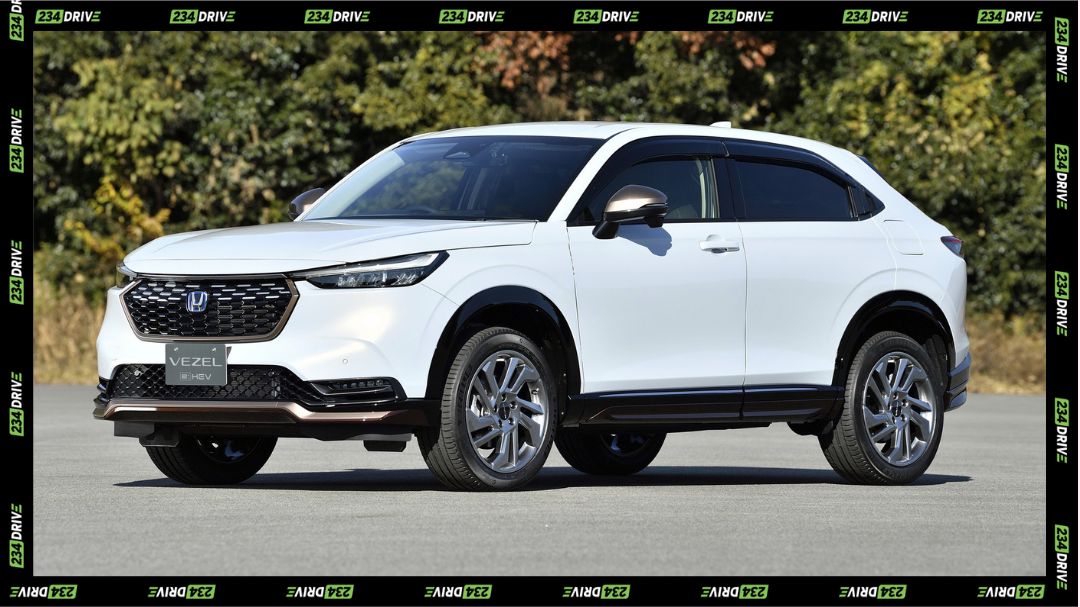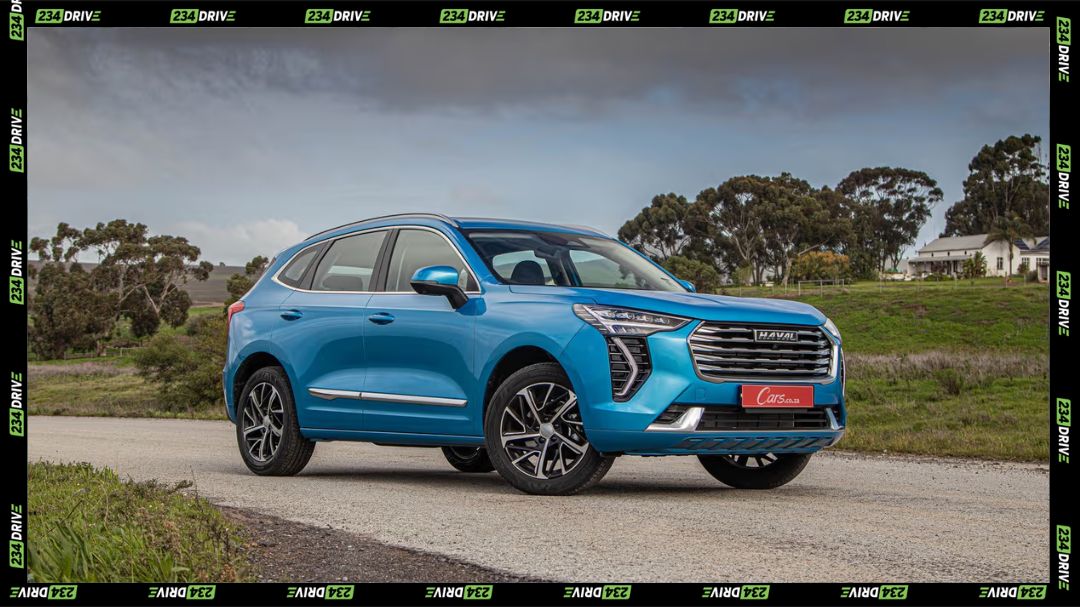When it comes to motoring, safety comes first. I mean, how do you intend to go from point A to point B, if you never arrive in the first place? If you were to go through the history of motor vehicle safety, you would be shocked at how unsafe cars used to be. In fact, it was not until the 1970’s that the NHTSA (National Highway Traffic Safety Administration) was created. The NHTSA is saddled with the responsibility of testing safety features on new production vehicles. More so, some standard basic safety features we now have on virtually all cars, like seat belts and airbags were previously optional.

Brief History on Car Safety
The three-point seat belt design that we have today, only became standard in Volvo vehicles by 1958. As the years went by, other vehicle manufacturers then adopted it. Additionally, front seat belts became a necessity on all new cars registered in the UK and US from 1968, although it was not until 1983 that people were mandated to wear them. Airbags on the other hand were not also compulsory features in vehicles until the late 90’s. In 1991, the United States Congress passed a law requiring automakers to install airbags on both sides of the front seats of their vehicles. However, it was not until 1998 that a law regarding airbags went into effect. Mind you, people have been driving cars since at least the 1900’s.

Over the years, there are more cars on the roads and these cars have become faster. Hence, the need for more safety features to keep the drivers, passengers and pedestrians safe. A safety feature called Automatic or Active Emergency Braking (AEB), will become mandatory in all new passenger cars and light trucks from September 2029. The decision to make AEB a standard feature on new vehicles has actually been in the works. It took nearly eight years for the NHTSA to officially issue it this year ahead of 2029. The original timeline to pass this law was for 2022, but it was post dated to 2029. NHTSA said that this new requirement will save at least 360 lives and prevent at least 24,000 injuries each year.

What exactly is Automatic or Active Emergency Braking (AEB)?
Automatic Emergency Braking (AEB) is a safety feature that detects potential collisions with a vehicle ahead, provides a forward collision warning, and automatically brakes to avoid the collision or lessen the severity of impact. Simply put, AEB is a safety system that automatically applies the brakes when it detects an imminent collision. AEB is not a new technology but has been around for a while. It was first introduced in 1996 at the Detroit Auto Show. AEB then became available to the public in the 2003 Honda Inspire, a car sold exclusively in Japan. AEB eventually became more common by 2022 in many new vehicles sold in the US.

All things considered, AEB is a great safety feature that should be on every motorable vehicle. AEB is going to be even more helpful with the influx of autonomous vehicles, so that these AI controlled vehicles are better adapted to avoid imminent collisions. It is sad that it took more than two decades for AEB to finally become a standard feature, but better late than never. Which other optional safety features do you think should be made standard on all vehicles?









